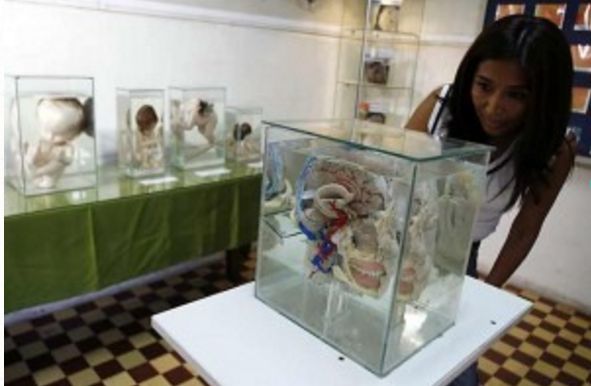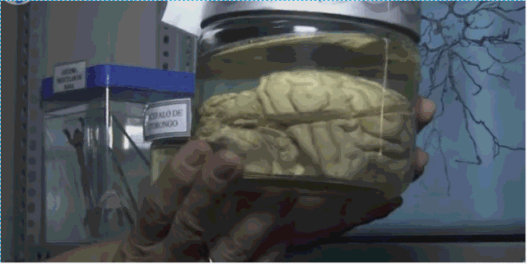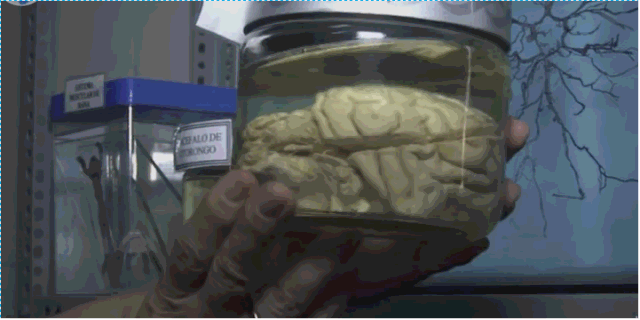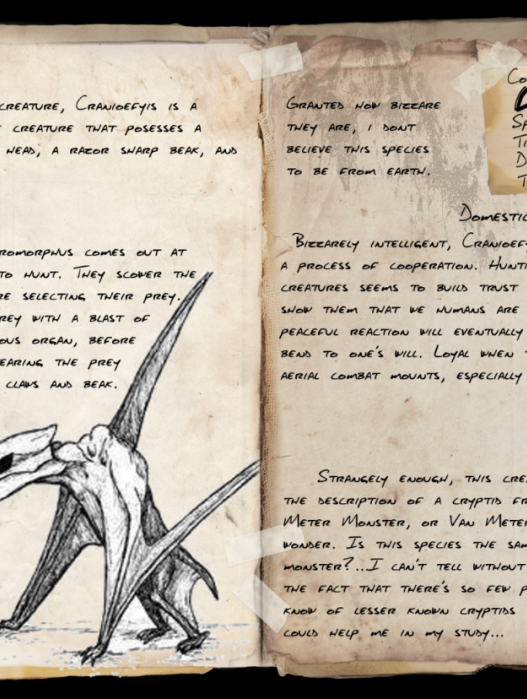The brain, our body’s control center, remains one of the most profound mysteries of the human body. For centuries, scientists have studied the brain, driven by a curiosity perhaps second only to zombies! In Peru, a hospital has taken this fascination to the next level by creating a museum dedicated to human brains.
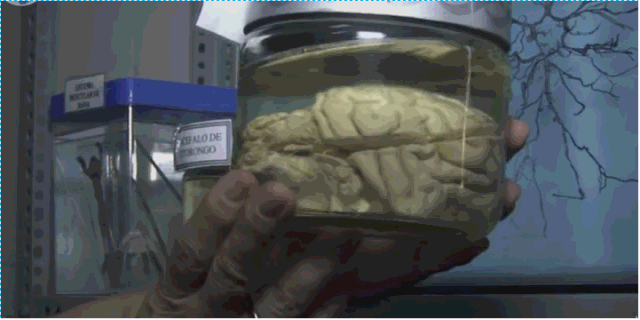
A 300-Year Collection
This museum is located within the Santo Toribio de Mogrovejo Hospital, a centuries-old institution in Peru. The hospital began its collection roughly 300 years ago. It now houses 2,912 brains, with about 300 on public display.
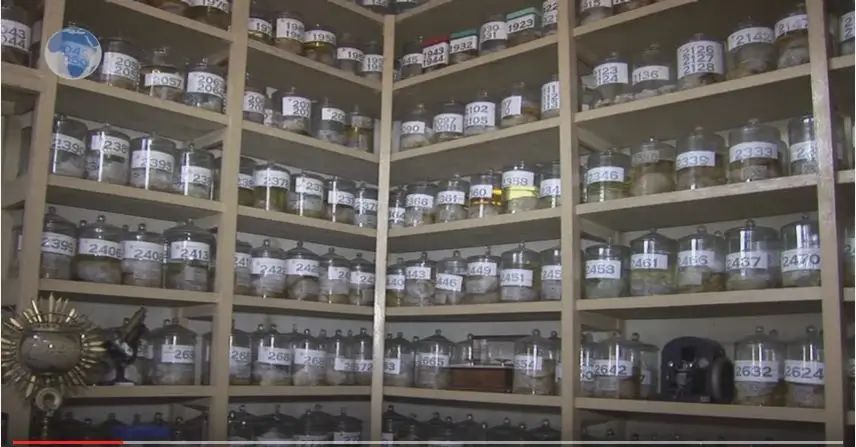
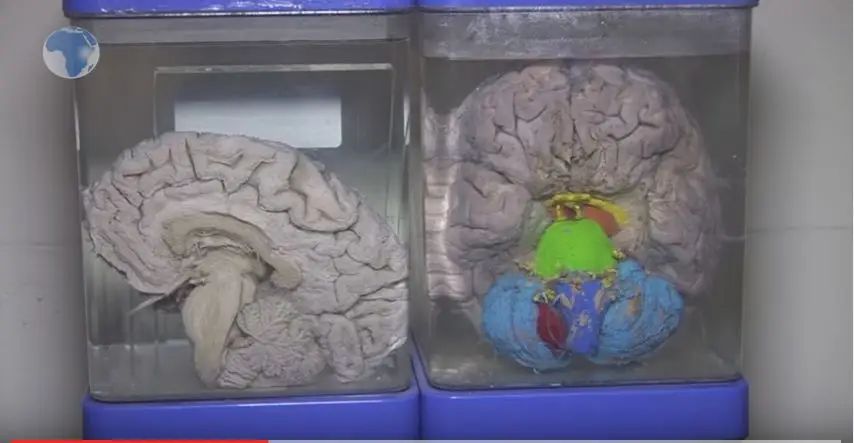
Not for the Squeamish
Among the 300 showcased brains, you won’t just find healthy ones. Diseased brains offer quite a visual impact, ensuring a steady flow of visitors. Some brains have blackened blood vessels due to high fat diets and arteriosclerosis. Others have numerous tiny holes or scars caused by parasites.
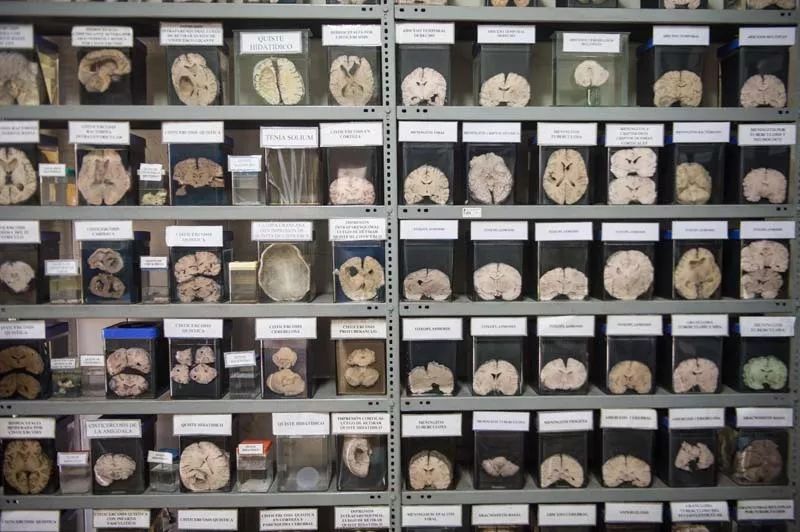
Up Close and Disturbing
Let’s take a look, if you dare!
Brains Affected by Parasites:
Cysticercosis caused by pork tapeworms
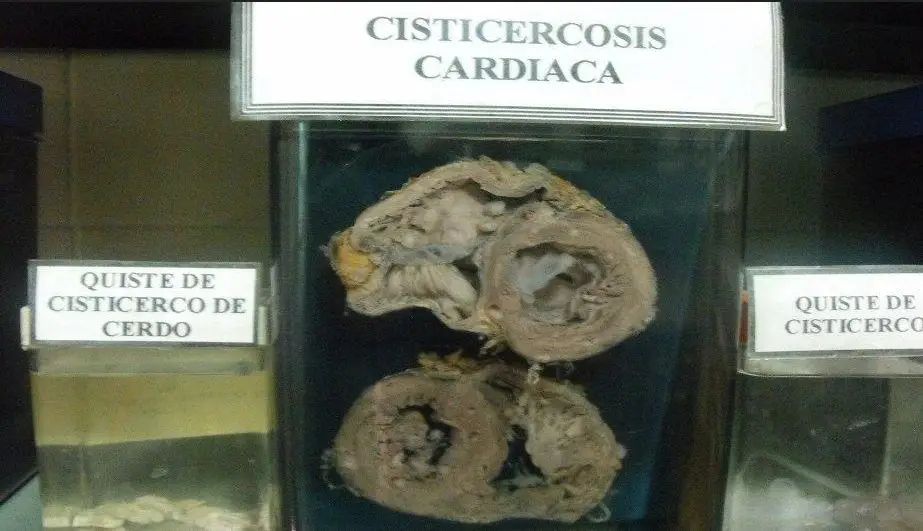
Toxoplasmosis
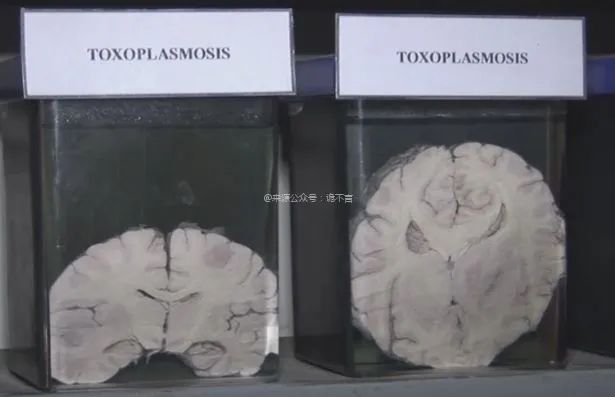
Brains with Tumors:
Medulloblastoma
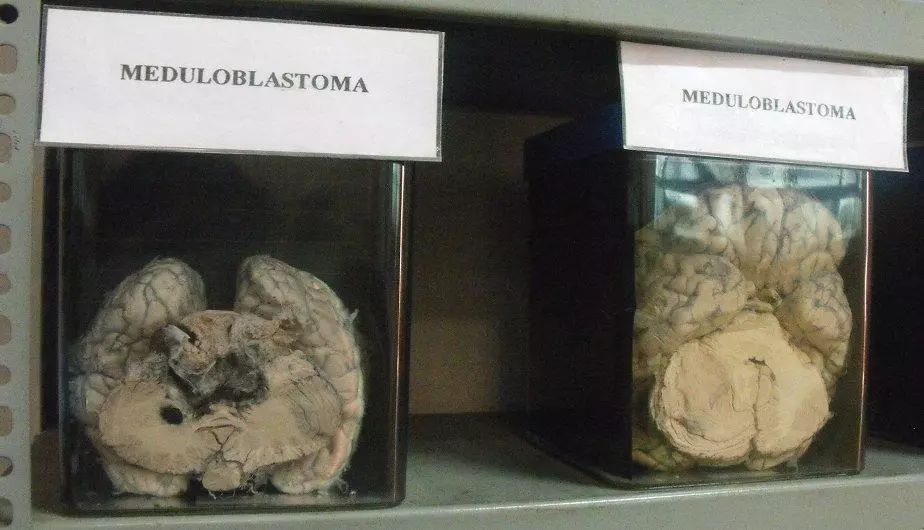
Acoustic neuroma
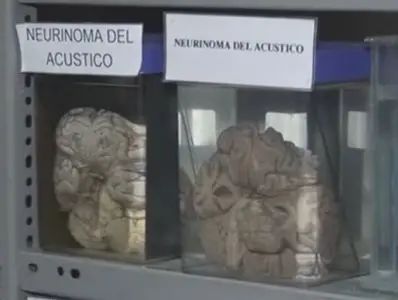
Schwannoma
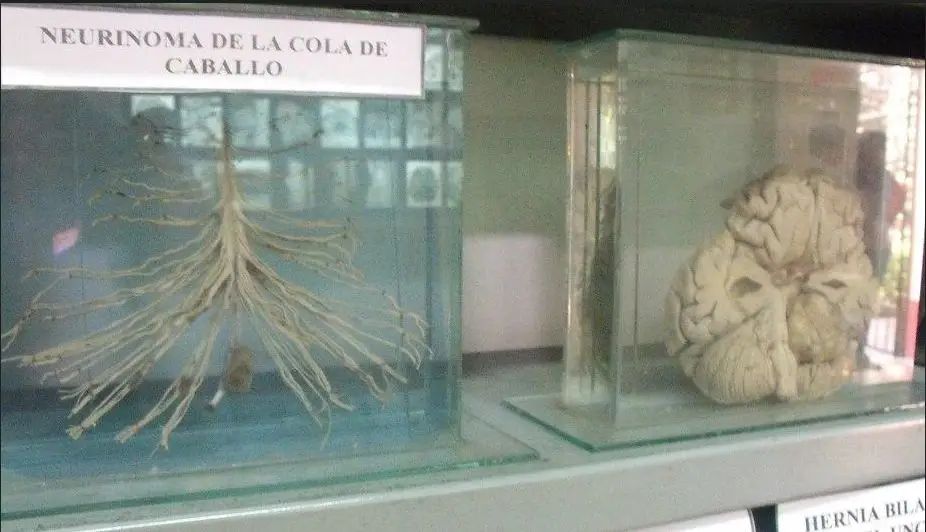
Brains with Neurological Disorders:
Alzheimer’s disease
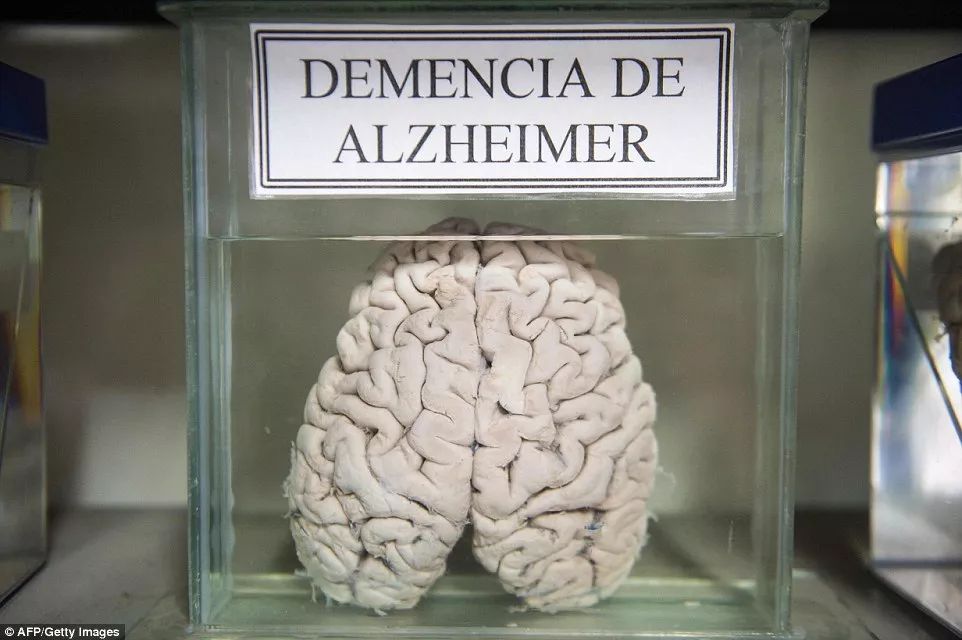
Microcephaly
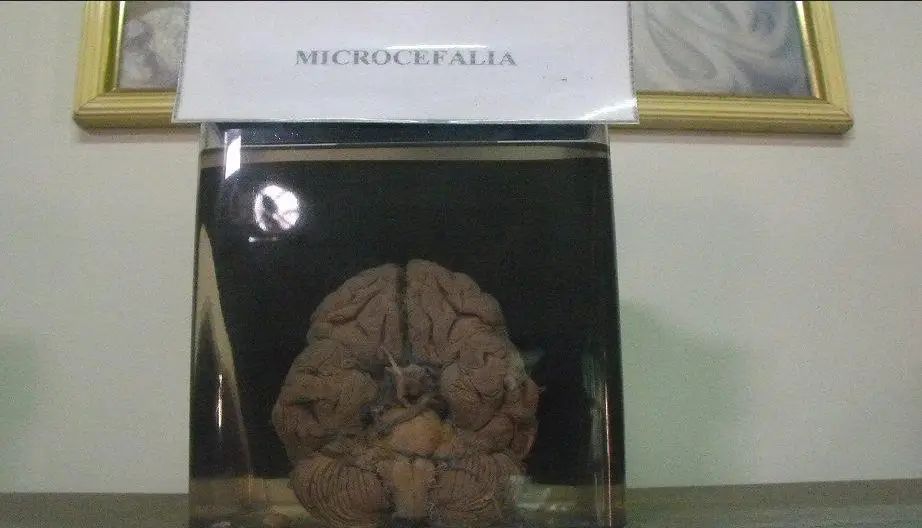
The museum also displays brains with faces still attached, an even more striking experience than the diseased brains. To make the collection even more complete, the museum also has an extensive collection of deformed fetuses.
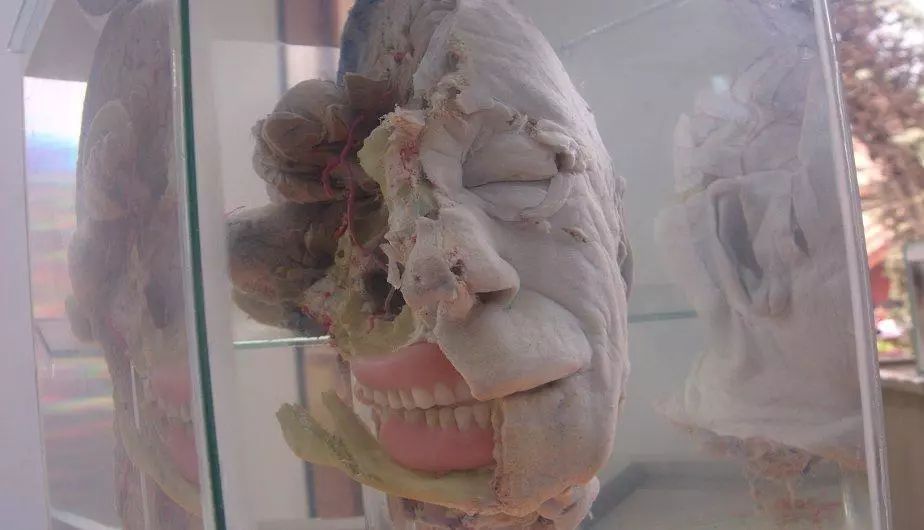
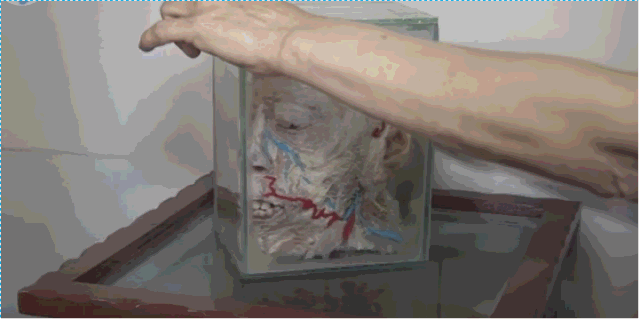
The Museum’s Mission
Agence France-Presse (AFP) interviewed Diana Rivas, the museum’s director. Rivas explained that the museum’s purpose is to offer researchers and the public a glimpse into the mysteries of the brain through both healthy and diseased examples.
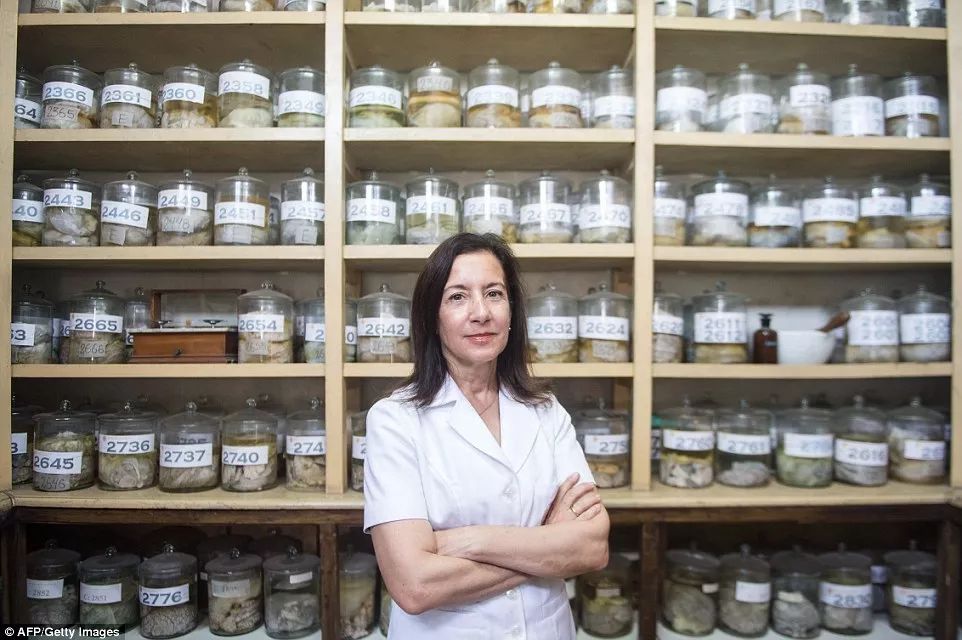
She added, “We show the public what healthy brains look like compared to diseased brains, such as those with cysticercosis, which causes seizures. This parasitic disease is transmitted through undercooked pork. The parasites can also enter the body if someone does not wash their hands properly”.
Anatomy Lesson
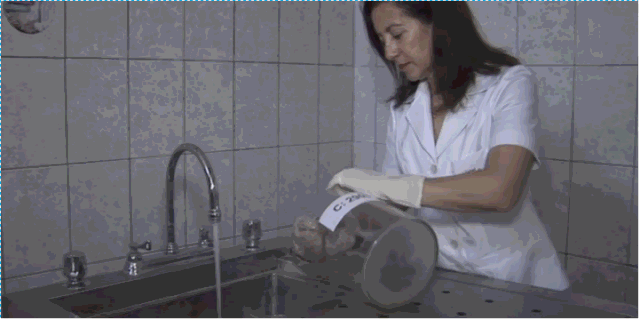
In the interview, Rivas showed the reporters a healthy brain that they would be dissecting. “Human brains weigh between 1.2 and 1.4 kilograms, varying according to sex, height and weight.” She also pointed out that women’s brains are more developed because they use language more often. She then described the size of a healthy brain as “roughly the size of a deflated soccer ball”, and as hard as rubber. Rivas then peeled back the meninges, the membrane that protects the brain, revealing the brain’s gyri (folds). This complex system of folds and indentations, made up of grey and white matter, controls thought, language, and most bodily functions.
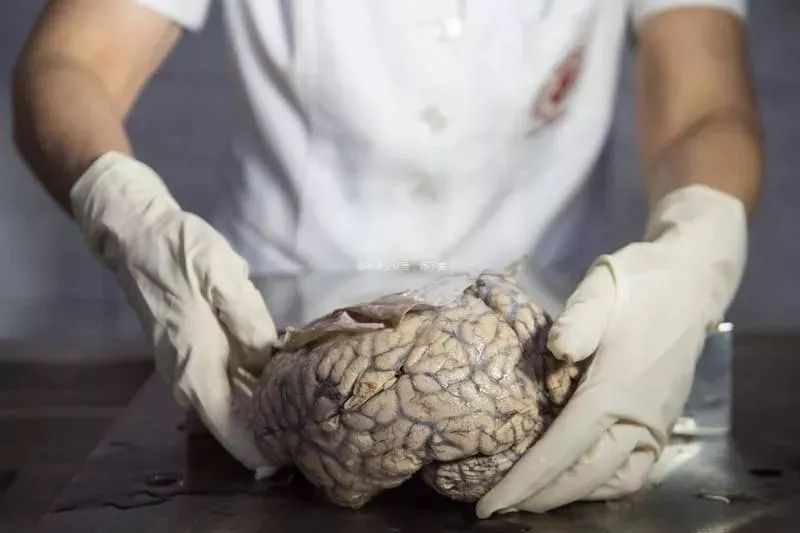
A Rare Experience
This museum, with its vast collection of real human brains, is one of the few in the world, and the only one in the Americas. The museum sees about 20,000 visitors annually, many of whom are schoolchildren, brought by parents and teachers. Visitors are invited to “touch real skulls,” some of which can be opened up to reveal a two square meter structure. Some are so affected by the experience that they become nauseous. Rivas estimates that about 1,000 people faint or vomit from the experience every year.

Doctors: Brains are our Teammates
While many visitors are overwhelmed by the experience, the doctors who work at the museum are used to the visceral environment. For them, the brains are partners in their journey to save lives.
